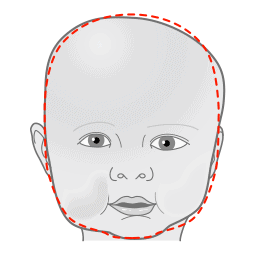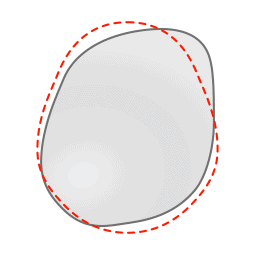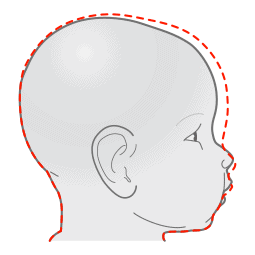Deformational Plagiocephaly (also known as Flat Head Syndrome) is an abnormal shape of a baby’s head caused by external forces. The baby’s head may appear to be misshapen or asymmetrical immediately after birth, or the abnormal shape may become noticeable in the first few months of life. Parents, grandparents, and caregivers are often the first to notice the head’s unusual shape and usually bring it to the pediatrician’s attention during a regular visit.
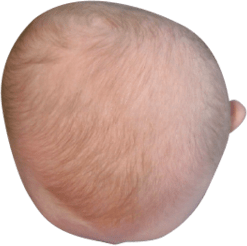
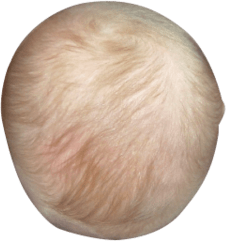
What can cause Plagiocephaly?
There are several causes of Deformational Plagiocephaly, and some of them occur before the baby is even born. Restricted space inside the mother’s womb can create excessive contact in some regions of the baby’s head. This contact is often the cause of deformation in babies positioned in a breech position, cramped in utero due to multiple fetuses, or babies who spend excessive time with the head confined in the birth canal. Suction or vacuum instruments can also create forces that can deform the soft and pliable newborn skull. The skulls of premature babies are particularly susceptible to deformation because the bone is thinner and more fragile than the skull of full-term babies.
What can I do if my baby has Plagiocephaly or another unusual head shape?
The first thing you can do is talk to your pediatrician about your baby’s head. The American Academy of Pediatrics (AAP) suggests that Pediatricians evaluate the baby’s head at each visit from the top, sides, front, and back. The AAP also recommends that the physician talk to families about how to move the baby into many different positions during the day and stress the importance of “tummy time” whenever the baby is awake and supervised.*
Suppose your baby is diagnosed with Deformational Plagiocephaly, Brachycephaly, or Scaphocephaly and is between the ages of 3 and 18 months. In that case, your pediatrician or specialist may refer you to a practitioner who specializes in providing plagiocephaly helmet therapy. Each STARband Cranial Remolding Orthosis is custom-made of plastic and foam to gently correct your baby’s head shape as they grow.
What role does the orthotist play?
Credentialed orthotists and prosthetic practitioners have provided cranial remolding orthoses since 1979. These health care professionals maintain high standards of continuing education through national certifying bodies, and many have specialized pediatric orthotic practices. These practitioners bring value to the orthotic treatment program with a strong background in anatomy, biomechanics, material science, and patient care. They work closely with other craniofacial team members to help your baby achieve optimal correction and results with helmet therapy.

Who are the treatment experts?
Orthomerica developed the AllSTAR clinical network to recognize and promote the clinical expertise of orthotic clinicians who specialize in Plagiocephaly. Read More
Additional reading
- Positional Plagiocephaly – American Association of Neurological Surgeons
- What is deformational plagiocephaly? – Johns Hopkins Medicine
*American Academy of Pediatrics, Prevention and Management of Positional Skull Deformities in Infants, July 2003
What is Deformational Plagiocephaly? (Flat Head Syndrome)
Learn more about abnormal head shapes in babies.
Tummy Time
Learn more about activities to prevent your child from developing an abnormal head shape.
Meet the AllSTARs!
Learn about the Plagiocephaly experts.
One and Done!
With the STARband, chances are only one helmet will be needed.
Insurance Issues
Insurance issues and what to do.
Will A Baby’s Head Round Out On Its Own?
Learn about Restricted Growth, Unrestricted Growth, and Directed Growth.
Plagiocephaly & Torticollis Awareness: Get the Support You Need for Your Baby
March 20th marks Plagiocephaly and Torticollis Awareness Day. This is a time to raise awareness of these common conditions and work together to ensure babies

